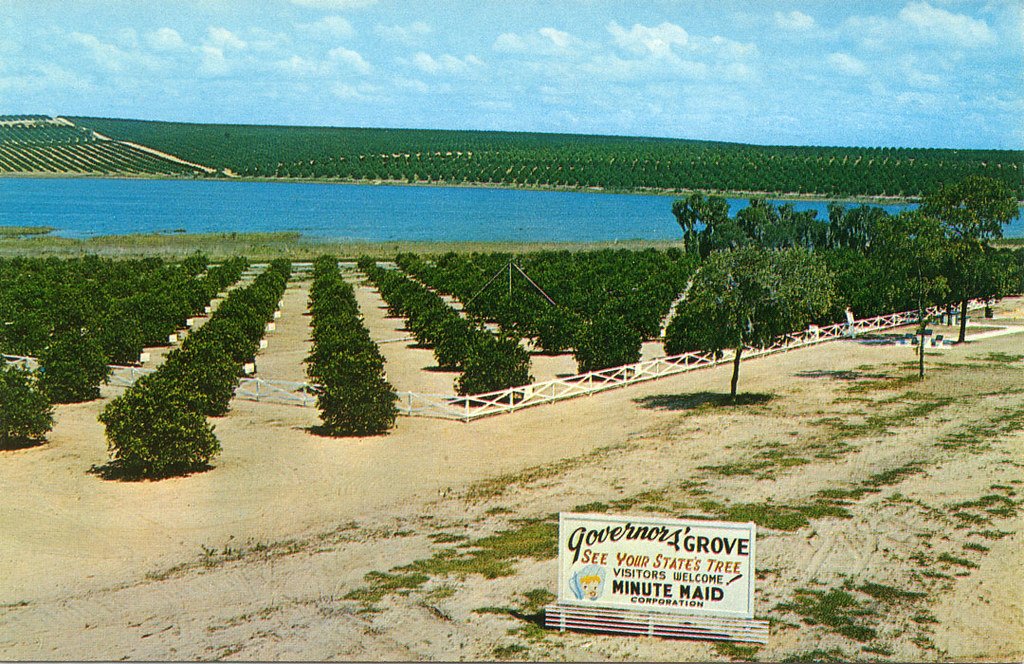In the sun-drenched fields of Florida, where citrus groves once flourished, a formidable adversary has emerged. This adversary is not a natural disaster or economic downturn but an insect no larger than the tip of a pencil. The Asian citrus psyllid, a seemingly inconspicuous creature, has become the bane of Florida’s citrus industry. Its destructive prowess lies not in its size but in the bacteria it carries, which causes a disease known as Huanglongbing (HLB), or citrus greening. The impact of this tiny insect has been nothing short of catastrophic, threatening the very heart of one of Florida’s most iconic industries.
The Rise of the Asian Citrus Psyllid
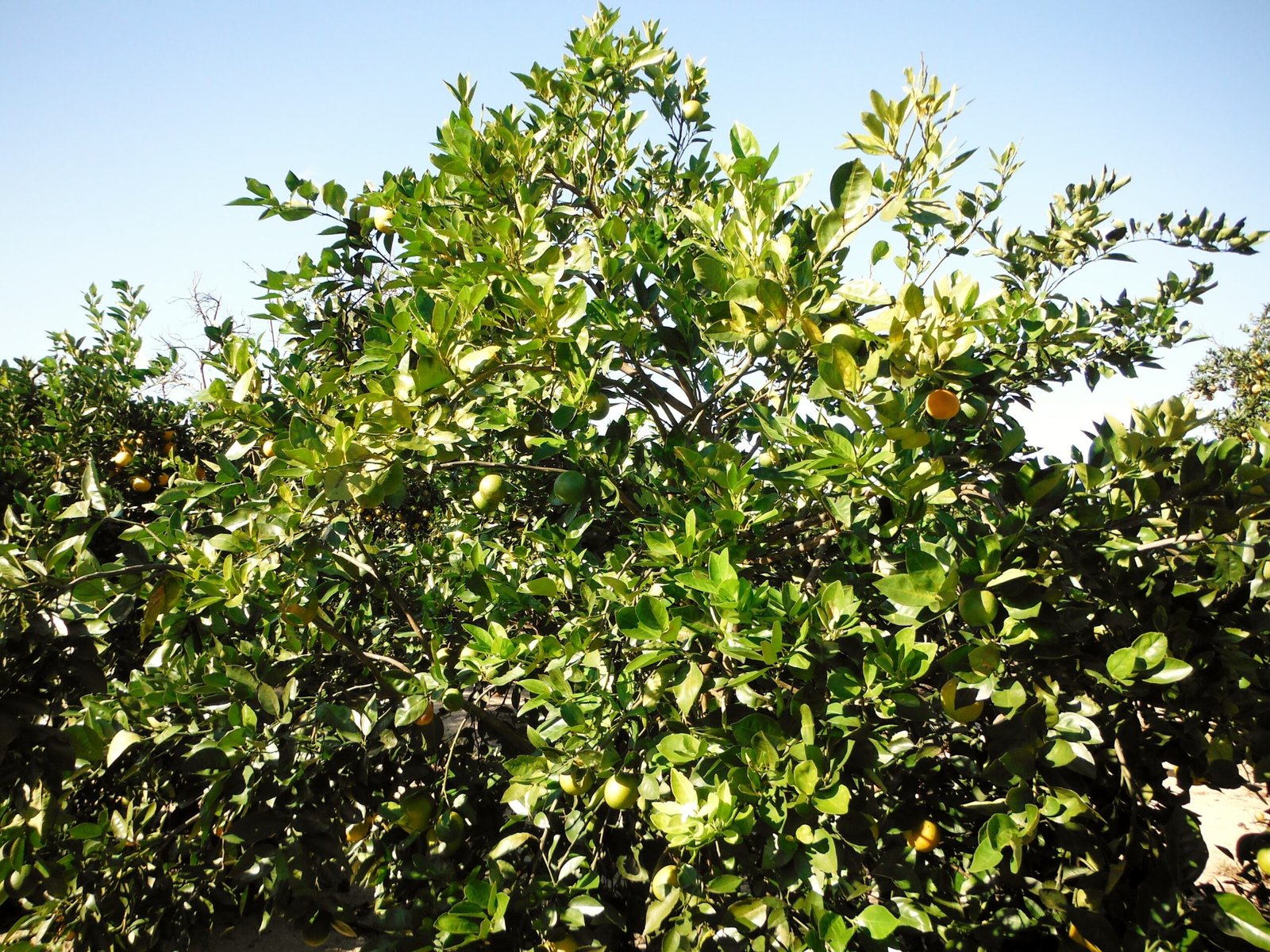
The Asian citrus psyllid made its unwelcome debut in Florida in the late 1990s. Originally from Asia, this pest found the warm climate of Florida to be an ideal new home. As it spread across the state, it carried with it the bacterium Candidatus Liberibacter asiaticus, which causes HLB. The insect itself feeds on the sap of citrus trees, but the real danger lies in the bacteria transmitted during this process. As the psyllid population grew, so did the incidence of citrus greening, setting the stage for an agricultural crisis.
Understanding Huanglongbing: The Silent Killer

Huanglongbing, which translates to “yellow dragon disease” in Chinese, is aptly named. It manifests in citrus trees as yellowing leaves, misshapen fruit, and ultimately, tree death. What makes HLB particularly insidious is its stealthy progression. Trees can be infected for years before showing visible signs, allowing the disease to spread unnoticed. Once symptoms appear, the decline is often rapid and irreversible. The economic implications are staggering, as infected trees produce fruit that is bitter, misshapen, and unsellable.
The Economic Toll on Florida’s Citrus Industry
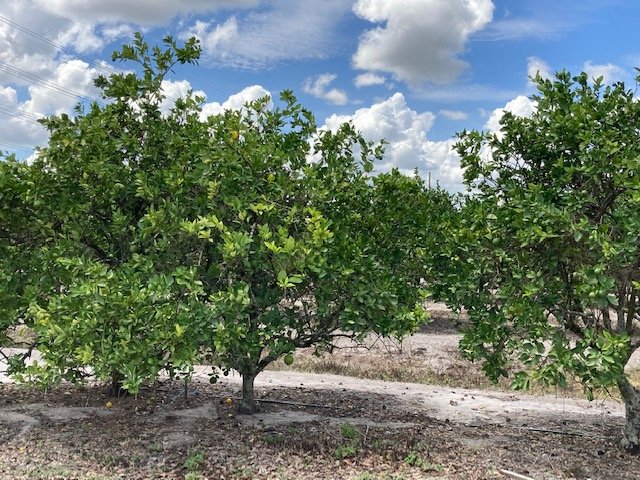
Florida’s citrus industry is a multi-billion-dollar enterprise, deeply woven into the state’s economy and cultural identity. The arrival of HLB has been nothing short of an economic disaster. Growers have faced skyrocketing costs as they attempt to manage the disease through increased pesticide use and tree removal. The overall citrus production has plummeted, leading to higher prices for consumers and reduced revenue for farmers. Many small family-owned groves have been forced to close, unable to withstand the financial burden.
The Role of Scientific Research in Combating HLB
In the face of this crisis, scientists have been working tirelessly to find solutions. Research efforts are focused on developing HLB-resistant citrus varieties, improved pest management strategies, and biological control methods. Genetic modification and breeding programs aim to produce trees that can withstand or resist the effects of the disease. While these scientific endeavors offer hope, they require time and significant investment, and the clock is ticking for many growers.
Innovative Approaches to Pest Control
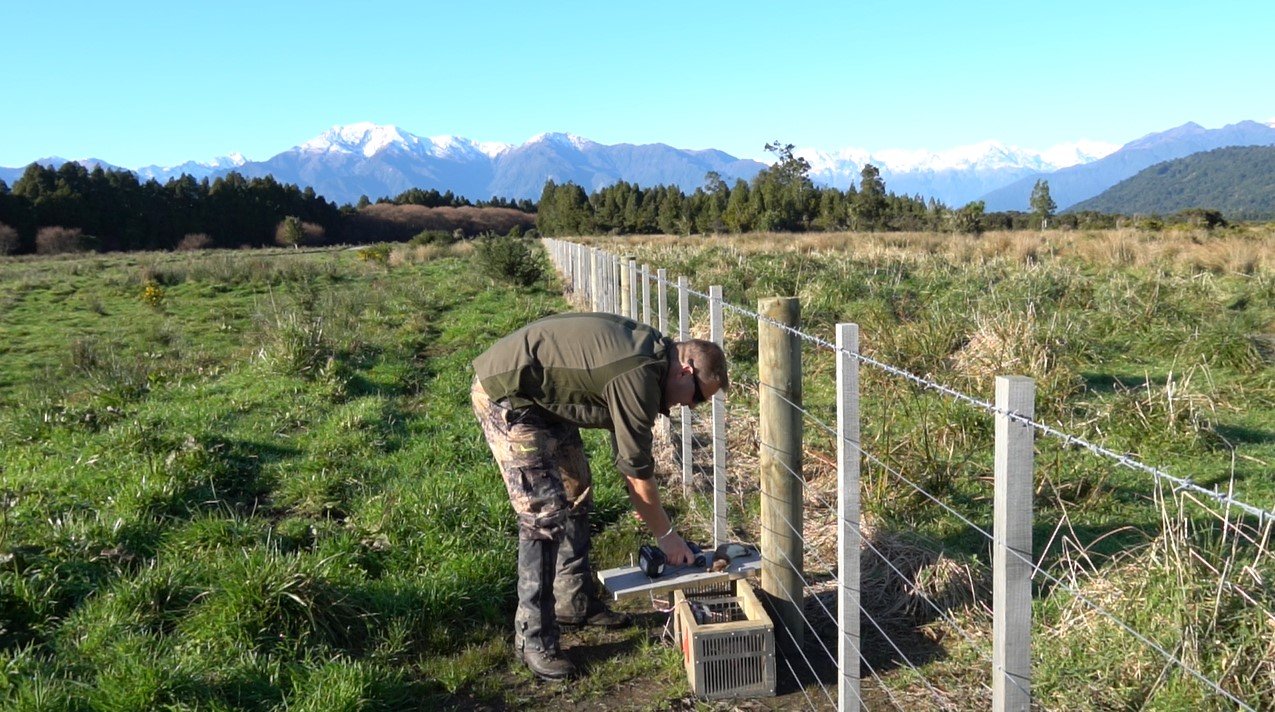
Beyond traditional methods, innovative approaches to controlling the Asian citrus psyllid are being explored. One such method is the use of natural predators, such as ladybugs, which feed on the psyllids. In addition, researchers are investigating the potential of mating disruption techniques, which involve releasing sterile males to reduce psyllid populations. While promising, these methods must be carefully managed to ensure they are effective without causing unintended ecological consequences.
The Role of Public Policy and Government Support
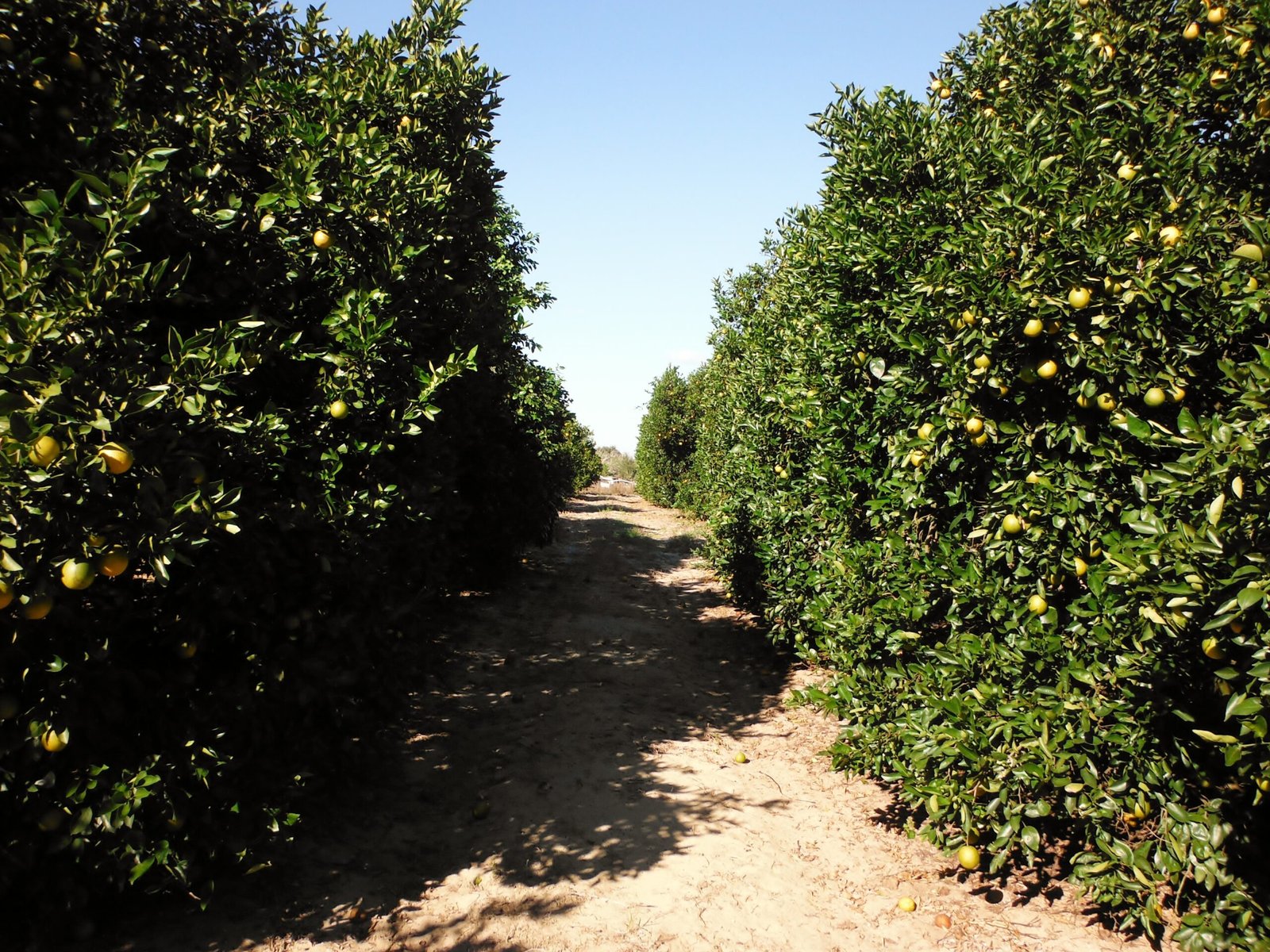
Government intervention has been crucial in addressing the HLB crisis. Federal and state agencies have allocated funds for research and provided financial assistance to affected growers. Policy initiatives aimed at fostering collaboration between scientists, farmers, and policymakers have been implemented to create a unified front against the disease. However, continued support and adaptive strategies are necessary to keep pace with the evolving challenge presented by HLB.
Community Efforts and Cooperative Initiatives
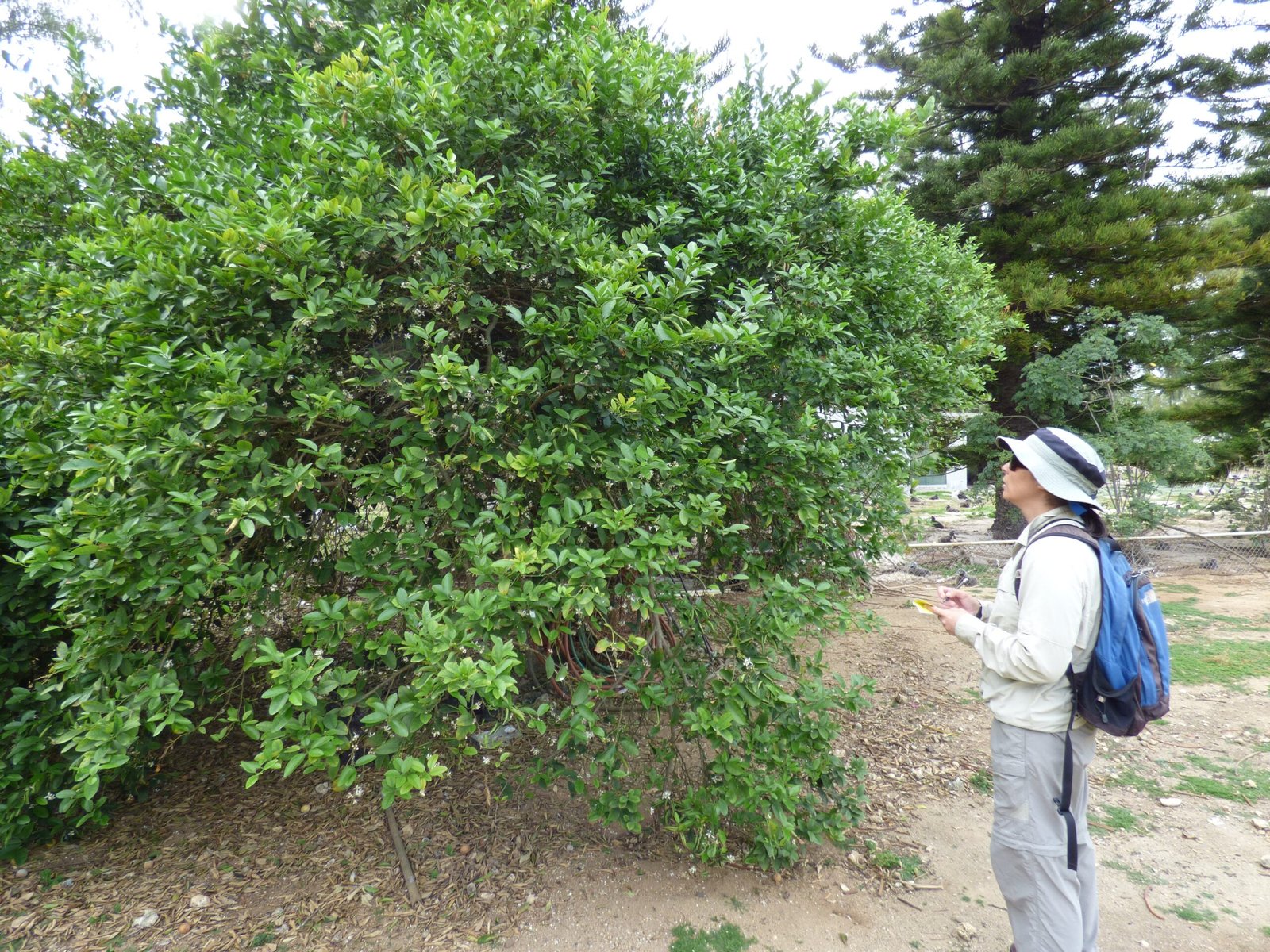
In addition to scientific and governmental efforts, community initiatives have played a significant role in combating citrus greening. Farmer cooperatives have formed to share resources and knowledge, enabling more effective disease management. Educational programs have been launched to raise awareness and educate growers on best practices. These collective efforts underscore the importance of unity and collaboration in the face of such a pervasive threat.
Environmental Impacts and Considerations

The widespread use of pesticides to combat the Asian citrus psyllid has raised environmental concerns. While necessary to protect crops, these chemicals can have adverse effects on local ecosystems and non-target species. Balancing the need for effective pest control with environmental stewardship requires careful consideration and ongoing research into more sustainable practices. The pursuit of environmentally friendly solutions remains a priority for both the industry and conservationists.
The Global Implications of HLB

While Florida has been hit hardest by HLB, the implications of this disease extend beyond its borders. Other citrus-producing regions around the world face similar threats, as the psyllid and bacterium have spread to various countries. The global citrus industry must remain vigilant, sharing research and strategies to prevent further devastation. The interconnectedness of agricultural economies underscores the importance of a coordinated international response.
Looking to the Future: Hope and Resilience
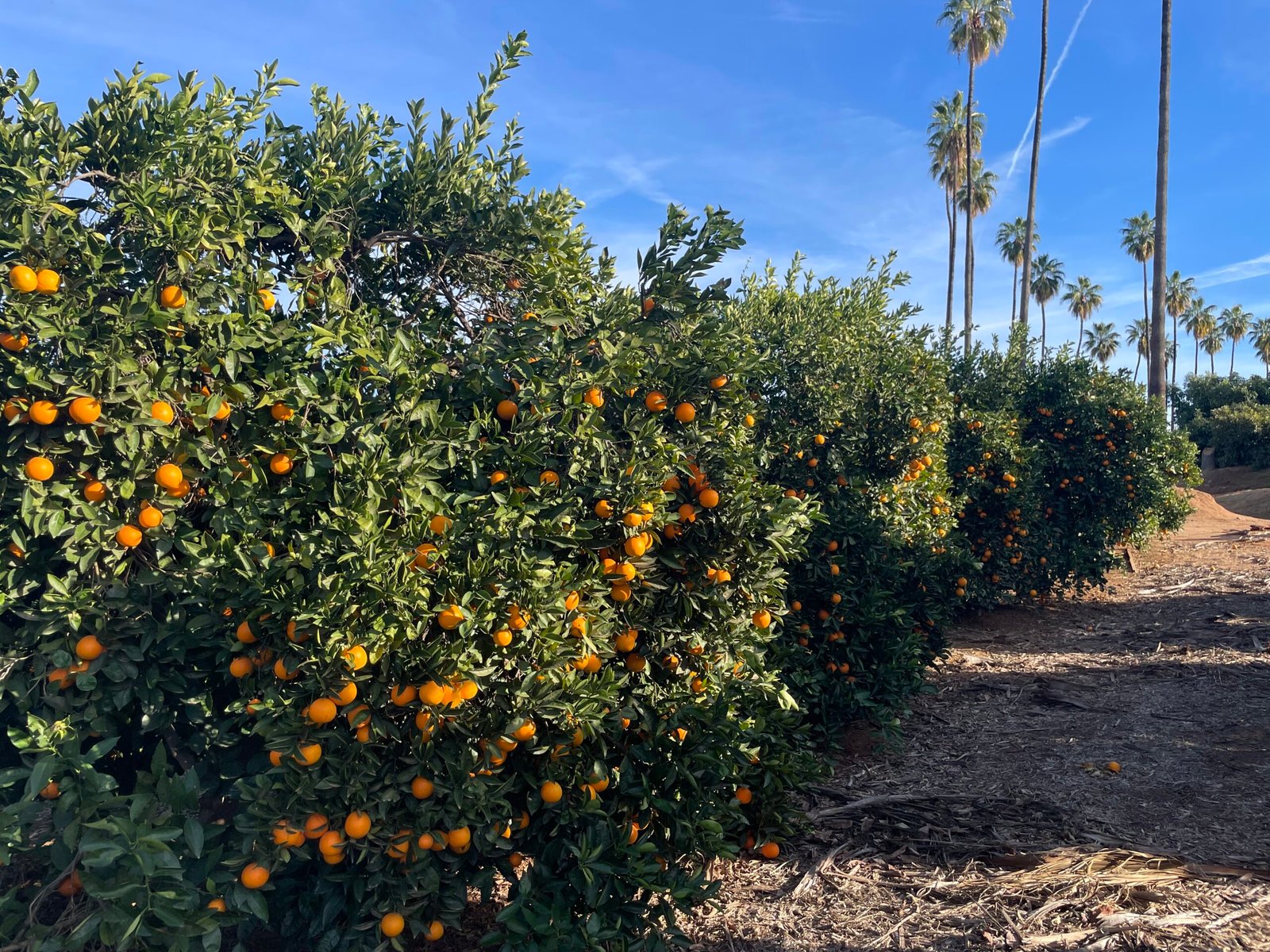
Despite the challenges posed by HLB, there is a sense of hope and resilience within Florida’s citrus community. The dedication of researchers, growers, and policymakers to finding solutions is unwavering. As new technologies and strategies continue to develop, there is optimism that the citrus industry can recover and thrive once again. The story of Florida’s citrus groves is one of endurance and perseverance, reminding us of the power of innovation and collaboration in the face of adversity.

